Transition to the new DPM 2.0 begins: Key insights for reporters
- December 20, 2024
- 3 minutes
The European Banking Authority (EBA) has officially released the final technical package for version 4.0 of its reporting framework, which will apply as of the first half of 2025.
The package marks the transition to the new Data Point Model (DPM) semantic glossary and introduces the enhanced capabilities of the DPM 2.0 model, as well as the new semantics outlined in the implementation plan published in June 2024. Developed through a collaborative initiative by the EBA and the European Insurance and Occupational Pensions Authority (EIOPA), DPM 2.0 builds upon the DPM 1.0 standard.
Below, we outline key insights for reporters to consider when preparing to comply with the new regulatory requirements:
The final technical package for version 4.0 of EBA reporting framework
The technical package includes standard specifications such as validation rules, the Data Point Model (DPM), and XBRL taxonomies to support the following reporting obligations:
- Reporting requirements for issuers of asset-referenced tokens (ARTs) and electronic money tokens (EMTs).
- New Implementing Technical Standards (ITS) revising the supervisory reporting framework (COREP templates) to incorporate immediate changes arising from the EU Banking Package (Capital Requirements Regulation – CRR3 and Capital Requirements Directive – CRDVI) published in the Official Journal on 19 June.
- Minor updates to reporting obligations for class 2 investment firms (COREP templates) in line with the CRR3/CRDVI amendments.
- Revised requirements for information registers under the Digital Operational Resilience Act (DORA), reflecting the adoption of the Commission Implementing Regulation (EU) 2024/2956 by the EU Commission, which outlines standard templates for the information register.
This draft technical package also includes versions of the data dictionary contents in both the DPM 1.0 format and the new DPM 2.0 format.
Read EBA’s press release here.
Understanding DPM 2.0: What it brings to the table
The transition to DPM 2.0 involves several critical updates designed to streamline and enhance the regulatory reporting process. These include:
Glossary Management
The glossary now supports dynamic evolution, enabling the reorganization of Categories, Items, and Properties. This includes creating supercategories derived from existing ones along with their associated elements. Additionally, items, properties, and subcategories (hierarchies) can now be versioned, allowing for the construction of more complex items from simpler components.
Template Enhancements
The updated DPM introduces versioning for template headers, complementing the existing template versioning framework. It also supports the association of templates with relational models and introduces new types of template groupings, streamlining automation processes.
Validation and Calculation Improvements
Advanced validation and calculation capabilities now enable machine-readable processing and the deployment of highly automated, innovative software engines.
Transition Timeline: Dual Support for DPM 1.0 and DPM 2.0
The European Banking Authority (EBA) will continue to publish both DPM 1.0 and DPM 2.0 databases during a transitional period that extends until December 2025. During this time, XBRL taxonomies will be generated from DPM 2.0 using the EBA/EIOPA Taxonomy Architecture 2.0.
Starting with release 4.0, all reporting files submitted to the EBA must align with the taxonomy produced under DPM 2.0.
Taxonomy Architecture 2.0 adheres to XBRL specifications, with a notable improvement in the folder structure to accommodate new features like glossary versioning. While DPM 1.0 will remain available for compatibility, allowing reporting institutions to use either database for data collection, validation, or analysis, the EBA will transition exclusively to DPM 2.0 by December 2025. This shift aims to facilitate a smoother adoption of the more advanced, integrated, and detailed reporting capabilities offered by DPM 2.0.
The documentation explaining DPM 2.0 and its model was made available in 2023 on the DPM Data Dictionary published by the EBA.
Transition to xBRL-CSV and Architecture 2.0
From December 2025, EBA will only accept reports in the xBRL-CSV format. To facilitate this transition, EBA has been including JSON metadata in taxonomies since Reporting Framework 3.1. Additionally, Reporting Framework 4.0 will implement Taxonomy Architecture 2.0, aimed at streamlining reporting processes.
Read more here.
Reporters are preparing for the DPM 2.0 Shift
The transition to DPM 2.0 and xBRL-CSV format marks a transformative step toward a more integrated and automated regulatory reporting ecosystem. For reporting entities, adapting to this framework is crucial to align with the EBA’s objectives of precision, efficiency, and innovation in regulatory data submission and analysis.
By embracing the capabilities of DPM 2.0 and the revised taxonomy architecture, institutions can achieve compliance while leveraging enhanced reporting functionalities to support their broader operational goals.

We provide comprehensive solutions that enable banks and financial institutions to fulfill reporting obligations required by the EBA.
Our ATOME Particles software is designed to enhance the efficiency of the reporting process but also to ensure full compliance with current regulation. The tool has been also updated to support the xBRL-CSV format, and ensure a seamless transition to the new DPM 2.0, Taxonomy Architecture 2.0 for our clients.


